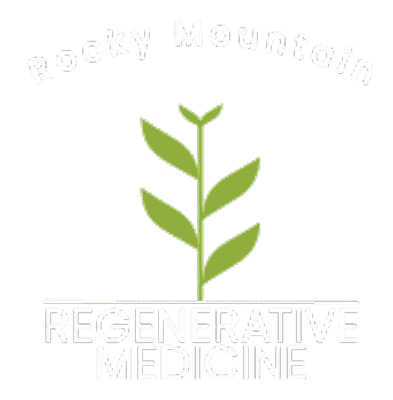THERAPEUTICS | ORTHOPEDIC PRP THERAPY
Examples of conditions we treat
ACL Injuries
Arthritis
Cartilage Injury
Degenerative Disc Disease
Labrum Injuries
Plantar Fasciitis
Rotator Cuff Injuries
Although closely related to stem cell therapy, platelet rich plasma therapy is a biological-based treatment modality unique unto its own. Platelets are blood constituents that aid in the healing process. Contained within are healing factors that enhance one’s natural ability to mend injury. By concentrating the number of platelets in a targeted area, these healing factors are deliberately focused right at the site of action.
When used in conjunction, PRP enhances the performance of stem cells. When used in isolation, PRP attracts stem cells out of fat, bone marrow, and other regions in the periphery to the area of injection in order to initiate repair.
Similar to stem cells, PRP can be used to address conditions like arthritis, degenerative disc disease, muscle/ligament tears, tendinitis, sports-related injuries and more.
Potential candidates have typically tried other medical options for treating their issue with unsatisfactory results. Popular among athletes, PRP therapies are for people looking for noninvasive treatment of their ailments.
What to expect: Various clinics have deliberately taken great liberties with using regenerative terminology to describe treatments they offer that in actuality are outdated and not considered regenerative by experts in the field. We take tremendous pride in what we do and regardless of whether you decide to ultimately work with us, we’d be happy to answer any lingering questions that arise from your own research.
Avoid aspirin or other anti-inflammatory medications about a week prior to the procedure.
Level of discomfort during and after treatment varies from person to person and based on the specifics of the procedure. We have the ability to administer medications for pain and sedation as needed.
Following the procedure, we recommend that a responsible friend or family member drive you home and that you rest for the first 24-48 hours.
For the next two weeks, light cardiovascular exertion is allowed as long as there is no unnecessary strain put on the treated area. After four weeks, both running and weightlifting are allowed, again being mindful of the treated area.
It is advised to refrain from taking any anti-inflammatory medications for at least two weeks following your procedure.
Or call/text (720) 739-1616
